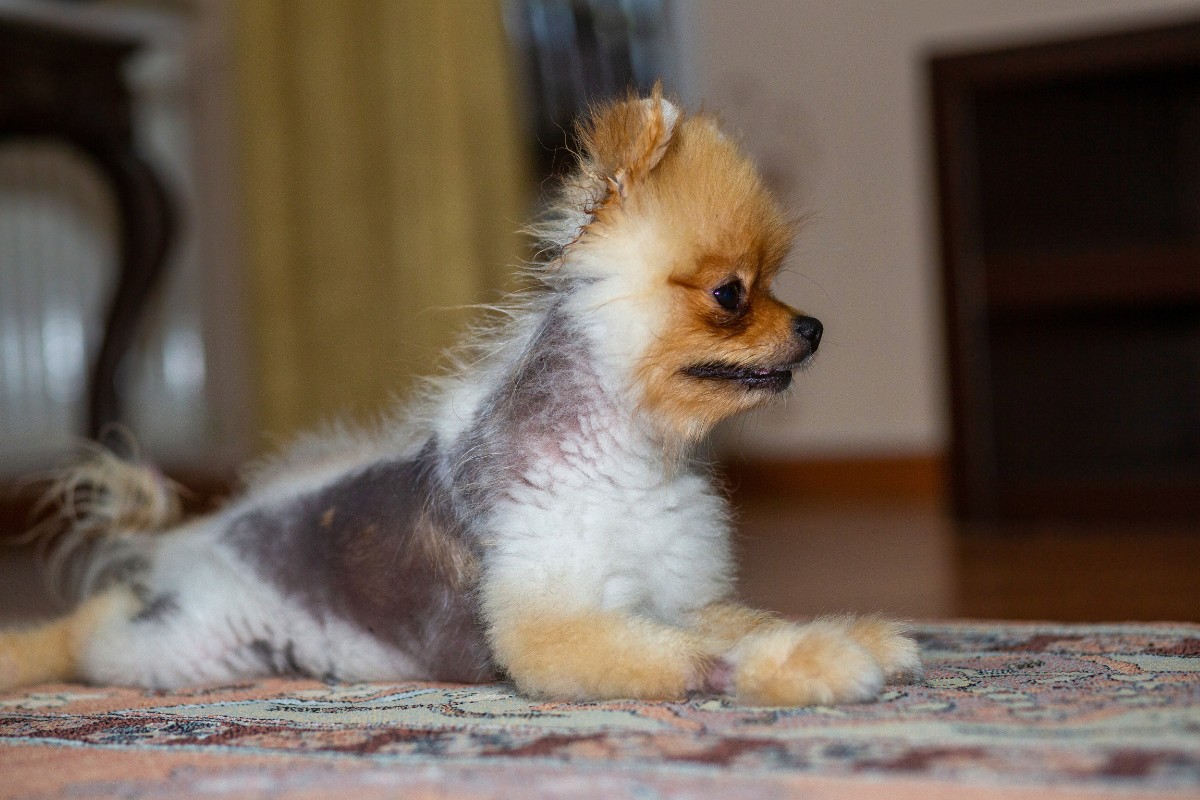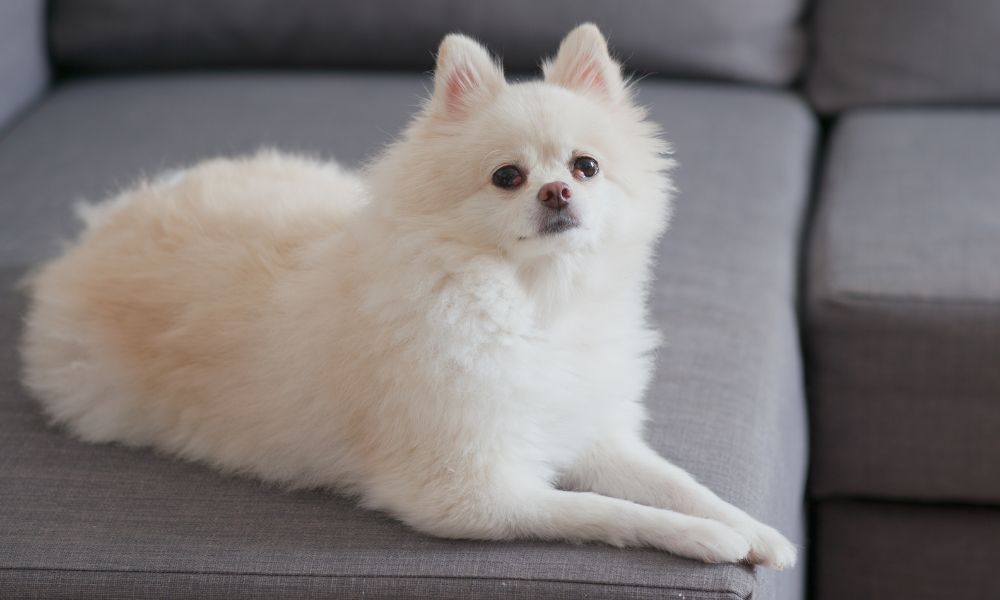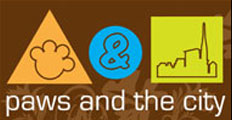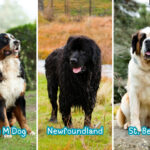 30 Oct
30 OctWill Pomeranian Hair Grow Back?
If you’re reading this, chances are you’ve got a soft spot for the petite and feisty Pomeranian – or maybe you’re the proud parent of one. I can’t blame you; I’m a huge fan of their bubbly personalities and that iconic fluffy coat.
But here’s a question I’ve often been asked, and perhaps you’ve wondered too: “Will Pomeranian hair grow back if it falls out or is cut short?”
Yes, Pomeranian hair will grow back, especially if the hair loss is due to natural shedding or temporary factors. However, the rate and fullness of regrowth can vary based on the cause of hair loss, the dog’s overall health, and grooming practices.
Understanding the Pomeranian coat and its growth cycle is crucial for every Pomeranian owner. Knowing what to expect can offer peace of mind, whether it’s due to natural shedding, health concerns, or a grooming mishap.
In this post, we’re going to answer that very question. Stick around to get the lowdown on everything you need to know about Pomeranian hair regrowth. Let’s jump right in!
Common Reasons for Pomeranian Hair Loss
1. Natural Shedding
Pomeranians, like many other dog breeds, experience natural shedding. This process allows old and damaged hair to fall out, allowing new, healthy hair growth. Here are key points about natural shedding in Pomeranians:
Seasonal Shedding Cycles
Pomeranians typically shed more during spring and fall. This change is a response to shifts in daylight and temperature, preparing them for the warmer or cooler months ahead.
Puppy Uglies
Between the ages of 4 to 6 months, Pomeranians may go through the “Puppy Uglies” phase. During this time, they’ll shed their soft puppy fur to make way for their denser adult coat.
Age-Related Shedding
As Pomeranians age, changes in their hair growth cycle can lead to increased shedding. Older dogs may shed more frequently or in larger amounts compared to their younger counterparts.
2. Health-Related Causes
Hair loss in Pomeranians can sometimes be attributed to health issues. Allergies, for instance, can cause itching and discomfort, leading to hair loss as the dog scratches or bites at the irritated areas.
Hormonal imbalances, such as thyroid issues or adrenal gland problems, can also result in thinning of the coat or bald patches. Additionally, skin infections, whether bacterial or fungal, along with parasites like mites or fleas, can disrupt the hair growth cycle and cause hair loss.
Monitoring your Pomeranian for signs of discomfort and seeking timely veterinary advice is crucial in addressing these health-related causes.
3. Improper Grooming Techniques
Improper grooming can be detrimental to a Pomeranian’s luxurious coat. Shaving or cutting the coat too short can not only expose the skin to external elements but also interfere with the natural growth cycle of the hair.
Over time, this might lead to uneven regrowth or permanently damage the coat. Similarly, aggressive or incorrect brushing techniques can stress the hair follicles, resulting in breakage or hair loss.
It’s essential for Pomeranian owners to be knowledgeable about grooming practices to preserve the health and beauty of their dog’s coat.

Will the Hair Grow Back for Pomeranians?
Cetainly, in the context of natural shedding, a Pomeranian’s hair will regrow. This is a routine part of their hair growth cycle, and owners can expect the coat to return to its usual fullness within a few weeks to months.
For health-related causes of hair loss, addressing the root of the problem is essential. Once the underlying issue, be it allergies or hormonal imbalances, is tackled, there’s a good chance the hair will regrow, though the duration can vary based on the severity of the condition.
On the other hand, hair loss resulting from improper grooming practices presents a trickier situation. If the hair follicles are damaged severely due to overly aggressive grooming or cutting the coat too short, there’s potential for permanent damage.
However, with proper care and patience, regrowth is possible over time, though it might not always achieve the original fullness or texture. It’s crucial to adjust grooming techniques and possibly seek professional advice to improve the chances of hair recovery.
Tips for Encouraging Hair Regrowth and Maintaining a Healthy Coat For Pomeranians
A healthy coat mirrors a Pomeranian’s overall well-being. Here’s how to promote hair regrowth and maintain a radiant coat:
1. Proper Diet and Supplements
A balanced diet rich in omega-3 fatty acids, proteins, and essential vitamins ensures that your Pomeranian gets the nutrients needed for a lustrous coat. Supplements like biotin can also aid in strengthening hair follicles.
2. Regular Grooming Practices
Gentle and routine grooming using the right tools can help distribute natural oils, remove dead hair, and stimulate hair growth. Always ensure you’re using brushes suited for double-coated breeds.
3. Avoidance of Harsh Chemicals or Treatments
Be cautious with shampoos, conditioners, and treatments. Opt for natural, dog-specific products that won’t strip the coat of its natural oils or irritate the skin.
4. Monitoring for Signs of Skin Issues or Parasites
Regularly check your Pomeranian’s skin and coat for signs of redness, irritation, or uninvited guests like fleas and mites. Early detection can prevent extensive hair loss.
5. Consultation with a Vet
If you notice sudden or severe hair loss, don’t hesitate to consult with your vet. They can provide insights into potential underlying causes and recommend treatments to restore your dog’s coat to its former glory.




